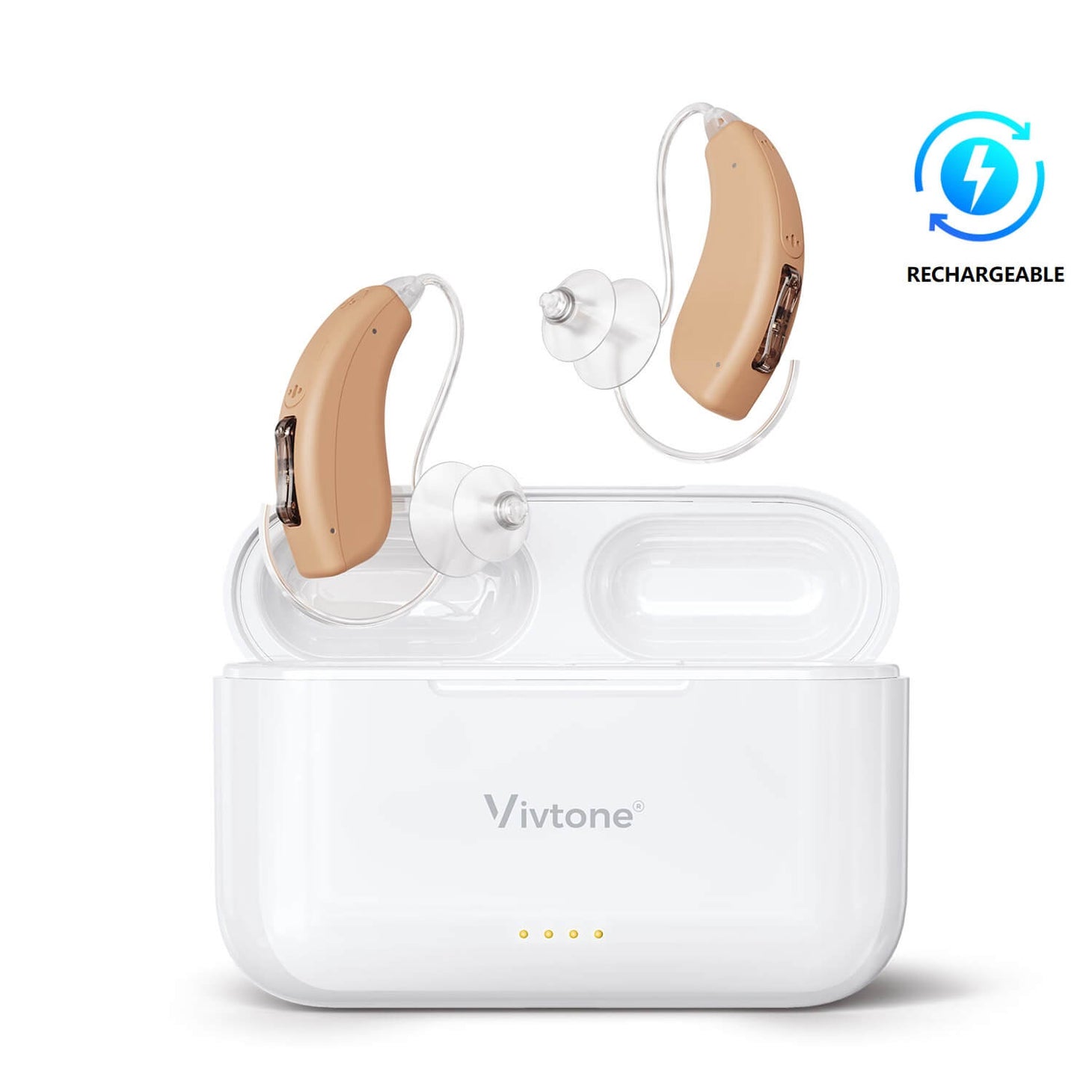The Future of BTE Hearing Aid Technology and Its Impact on Industrial Applications
Advancements in BTE hearing aid technology have revolutionized the way individuals with hearing loss experience the world around them. Not only has this technology significantly improved the quality of life for many, but it has also begun to make a substantial impact on industrial applications. 
Technological Innovations in BTE Hearing Aids
The future of BTE hearing aid technology is an exciting prospect, with continuous innovations aimed at enhancing user experience. One such innovation is the incorporation of artificial intelligence (AI) to automatically adjust settings based on the user's environment and preferences. This not only provides a personalized hearing experience but also ensures optimal hearing in various industrial settings, such as manufacturing plants and construction sites.
Impact on Industrial Applications
The impact of BTE hearing aid technology on industrial applications is profound. With the ability to filter out background noise and amplify important sounds, individuals wearing BTE hearing aids can work more effectively in noisy industrial environments. This not only improves productivity but also enhances safety by allowing workers to hear warning signals and communicate clearly with their colleagues.
Future Trends and Developments
Looking ahead, the future of BTE hearing aid technology holds even more promising developments. One such trend is the integration of Bluetooth connectivity, allowing users to seamlessly connect their hearing aids to industrial equipment and communication systems. This connectivity can enable real-time monitoring of environmental noise levels and provide valuable data for industrial safety and compliance purposes.
Enhancing User Experience
As the future of BTE hearing aid technology continues to unfold, the focus remains on enhancing the overall user experience. This includes the development of smaller, more discreet devices with extended battery life and improved durability, catering to the needs of individuals working in demanding industrial settings. Additionally, advancements in teleaudiology and remote programming offer greater convenience for industrial workers, allowing them to receive adjustments and support without disrupting their work schedules.
In conclusion, the future of bte hearing aid technology holds great promise for both individuals with hearing loss and industrial applications. With ongoing technological innovations and a focus on user experience, BTE hearing aids are set to play an increasingly significant role in improving communication, safety, and productivity in industrial settings. As these advancements continue to unfold, the impact of BTE hearing aid technology on industrial applications is sure to be transformative. References
|